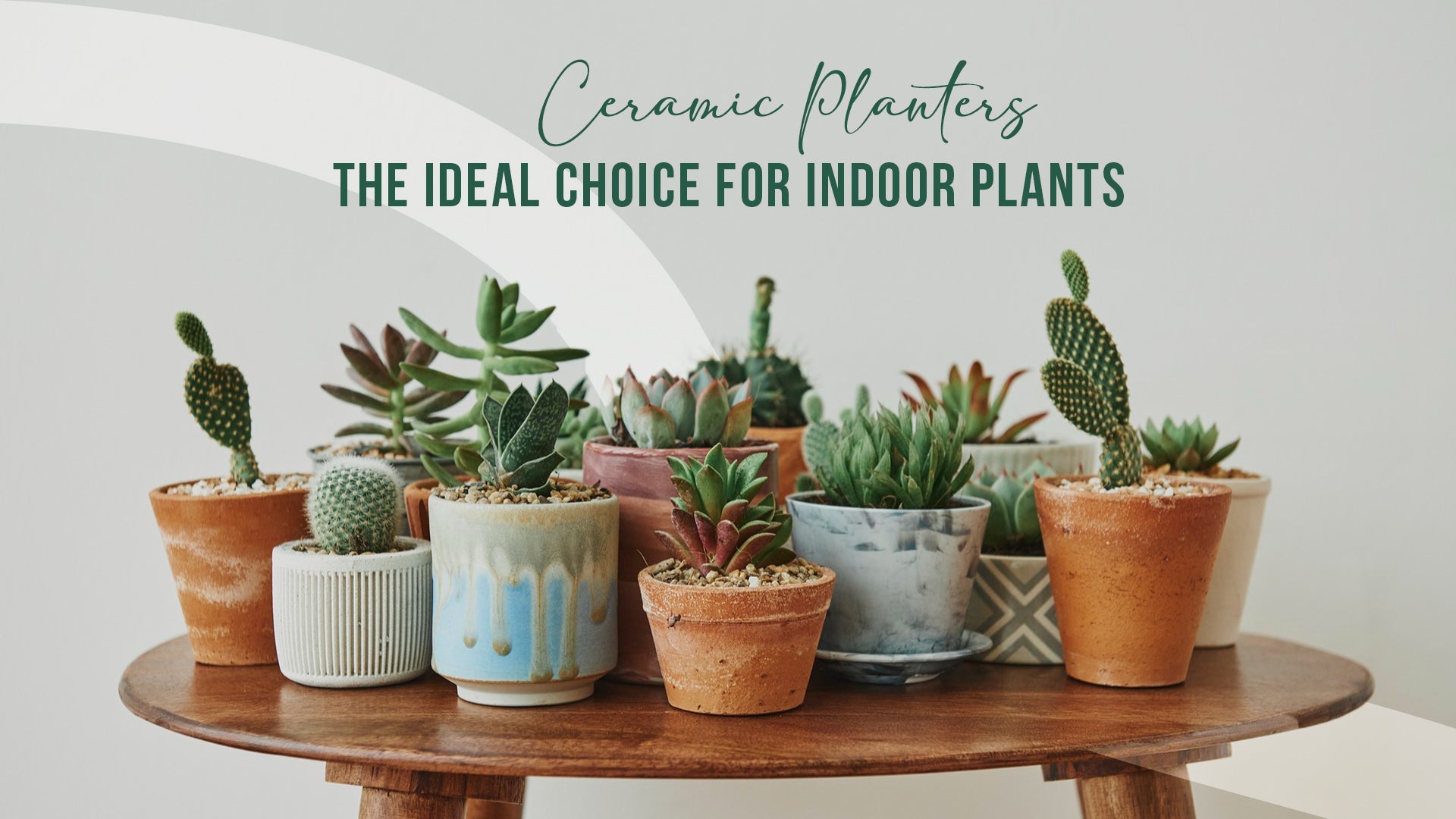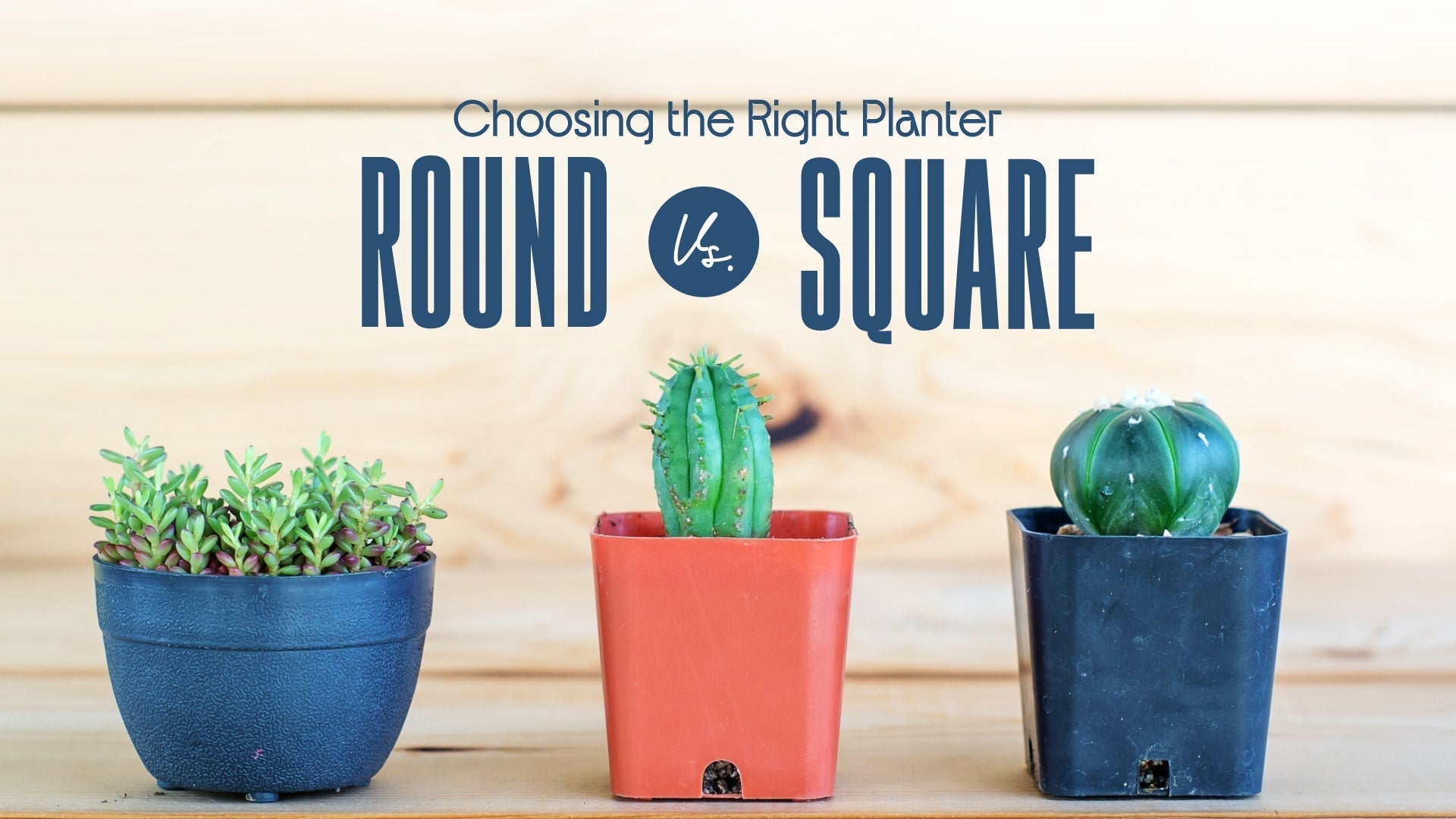
Advantages and Disadvantages of Fiberglass Planters
Fiberglass planters have been more and more popular in recent years because of their cost, adaptability, and durability. Glass fibers and resin are combined to create a composite material that is lightweight, durable, and waterproof in the finished planters. We'll examine the benefits and drawbacks of fiberglass planters in this post so you can determine if they'd be a good fit for your gardening requirements.
Advantages of Fiberglass Planters
- Durability

It can be stated that the most pronounced feature of fiberglass planters is the long lasting quality. In addition, they are not prone to cracking, chipping, fading, or any other type of wear and tear from extreme weather. As such, they can be used indoors and in the gardens. Furthermore, they do not pose regular maintenance and substituent costs, which most clay or terracotta plants have as compared to these fiberglass planters.
- Lightweight
Another plus that could be advanced for manufacturers of these planters would be their physical nature being so light as compared to stones or concrete material. This allows rearranging your plants whenever it is required or just moving them around the garden or the patio. These planters are also quite useful in balconies and such spaces where there are limited spaces due to their light weight.
- Versatility

If you have a taste for design, you will love the fact that fiberglass planters come in different styles, designs, and colors. In case one opts for a more traditional approach or prefers highly contemporary styles, the choices are plenty, and there is always a fiberglass planter to cover such preferences. In addition to that, the surfaces of fiberglass planters can be painted or even textured in different ways.
- Cost-effective
In comparison to other materials such as stone or metallic figures, fiberglass planters are quite cost effective. This offers an opportunity for those distressed gardeners aiming to green up the space, without having heavy spending.
- Low maintenance
Maintenance of these planters is not always necessary. In fact, they should only be washed with warm water and diluted soap solution because they do not need treatment or sealing. Wood, on the other hand, demands constant staining and painting of the planters as compared to fiberglass materials.
Disadvantages of Fiberglass Planters
- Water absorption
Even though fiberglass planters are quite tough in general, they are not completely watertight. With time, the porous material may become water-stained as moisture does seep through the surface. This is even truer for those that pottery is used to plant water and fertilizer hungry plants. To prevent water seepage through the walls and bottom, make use of a pot saucer or a waterproof liner.
- Load handling
Fiberglass planters, despite being tough and durable, can’t withstand stresses without strain. It is known that pressure caused by droppage or point weight can cause damage. This statement is particularly correct for larger systems of this type. To prevent these rare mishaps being caused by the movement of such planters, be careful during movement and placement, and active stabilization of the molders during use should be done.
- Health and safety
Manufacturers of some fiberglass products where these have been used for the production process may include materials that contain formaldehyde. Most of these substances are found in miniscule amounts, however, it is still imperative to seek good quality suppliers that care about the environment. Find products that are made from recycled materials or are green certified.
- Aesthetic limitations
Despite the fact that fiberglass planters have a wide variety of shapes and colors available, they still lack the natural appeal of materials like terracotta or wood. Some people enjoy the more rustic feel of clay pots or prefer pots made of wood to clay pots. But that is as before, due to the enhancement of the technological processes, it becomes easier to create more realistic fiberglass planters which can look like the real things.
Fiberglass Planters for Home
Fiberglass planters have a wide range of advantages, all being durable, light in weight, versatile, cheap, and easy to maintain. But they still tend to have some negative effects, such as porosity, strength limitations, environmental concerns, etc. In the end, the question of whether the gent pots for indoor plants made of the material, such as fiberglass, are the ones for you is hinged upon personal preferences. If you wish to have a planter that is tough, flexible, cheap, and lasts long with little care, then fiberglass is one of the considerate materials. On the other hand, if how natural materials appear and feel is a great deal to you, perhaps you might find it wise to pursue other materials.

It is essential to keep in mind that the size of the plant and the resources for the plant, in this case, drainage requirements, and the entire design of the garden or the patio need to be taken into account while selecting a fiberglass planter. It is possible to derive a fiberglass planter that is compatible with the outdoors and maximizes the beauty of your plants after a critical evaluation of the merits and demerits.
Frequently Asked Questions
1.Is fiberglass good for planters?
Yes, fiberglass is the most preferred material for planters. It has numerous advantages such as: being stronger, lighter, more functional, less expensive. They are also lightweight, crack resistant and easy to carry around and there are dozens of different shapes, sizes, and colors.
2.How long do fiberglass planters last?
Fiberglass planters are long-lasting items. It can last many years if careful usage is practiced. Fiberglass planters do not get damaged by rain storms or frost or hot sunshine and so do not require constant maintenance and replacing of parts and pieces. However, people should be aware that the life span may depend on some factors, such as how big or weak the fiberglass used is and how well or badly the particular planter is treated.
3.Do fiberglass pots crack?
As strong as fiberglass is, it can still break at some points. Fiberglass planters can break if they are dropped by too much weight .These kinds of planters need to be treated with kindness if they want to avoid breaking and also they should be stored on firm transparent shelf. Having more attention in such thoughts, special care must be taken in choosing the pot and its size. In large fiberglass planters, the chance of cracking due to weight increases.
4.Is a fiberglass planter waterproof?
In most cases, fibreglass planters are not entirely waterproof. Over time, they may gradually get used up and also absorb some water and minerals which will cause them to stain.





